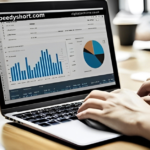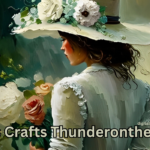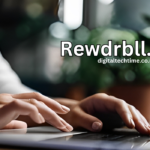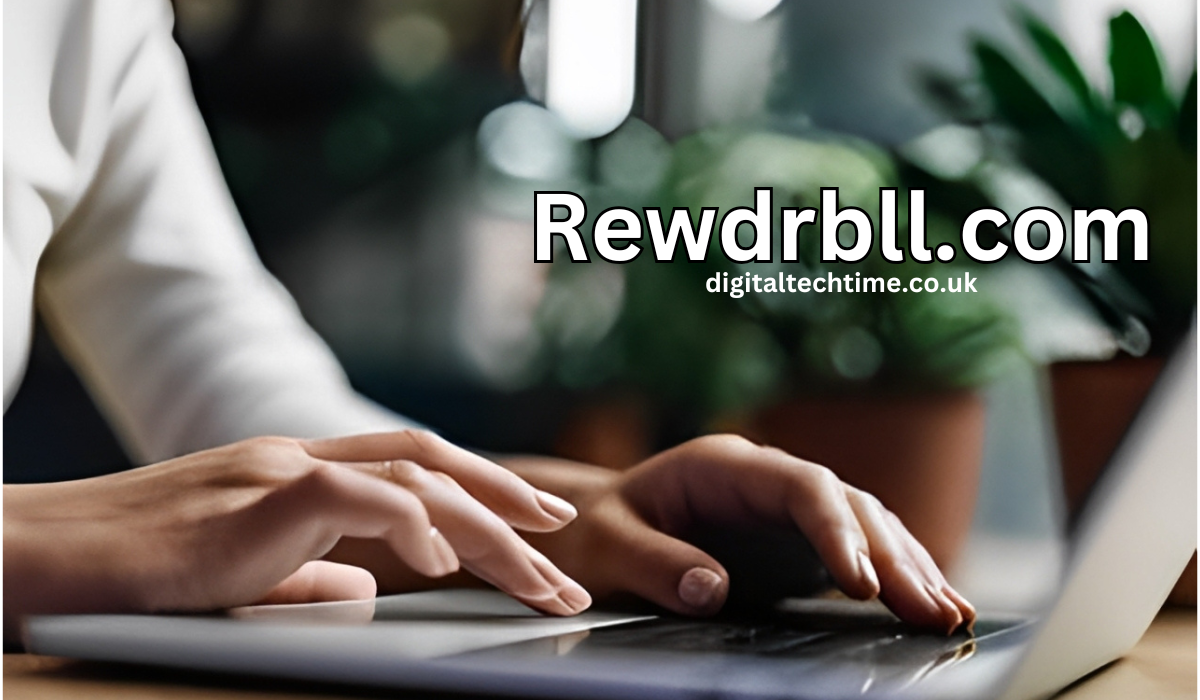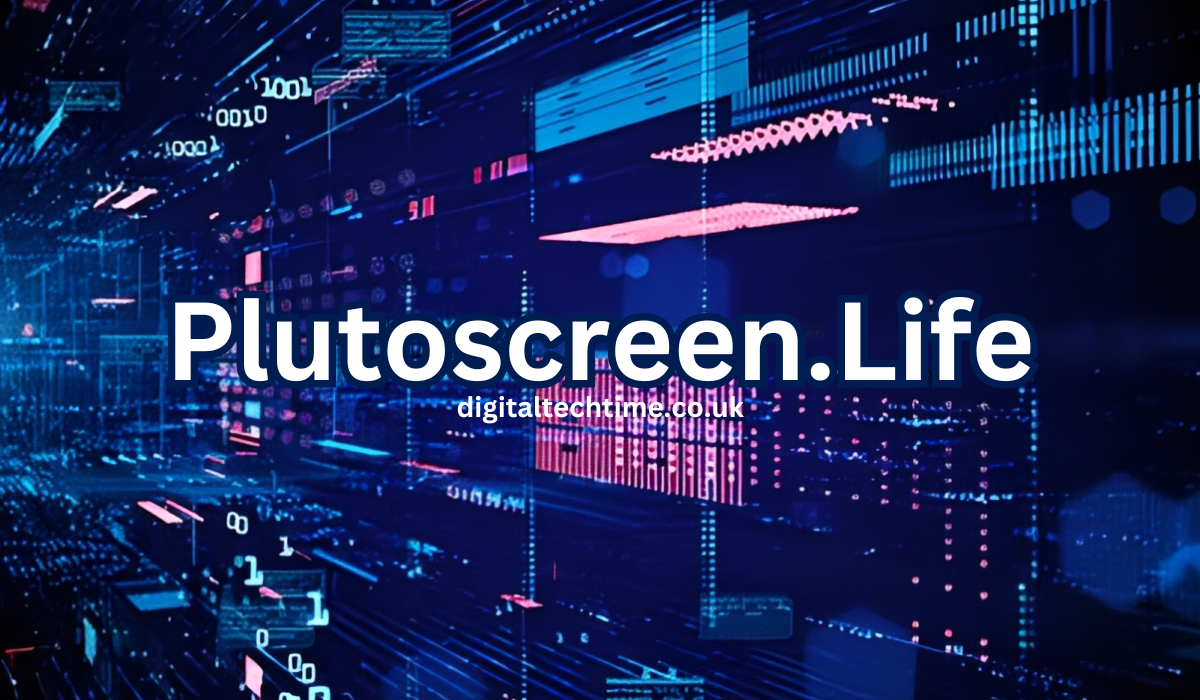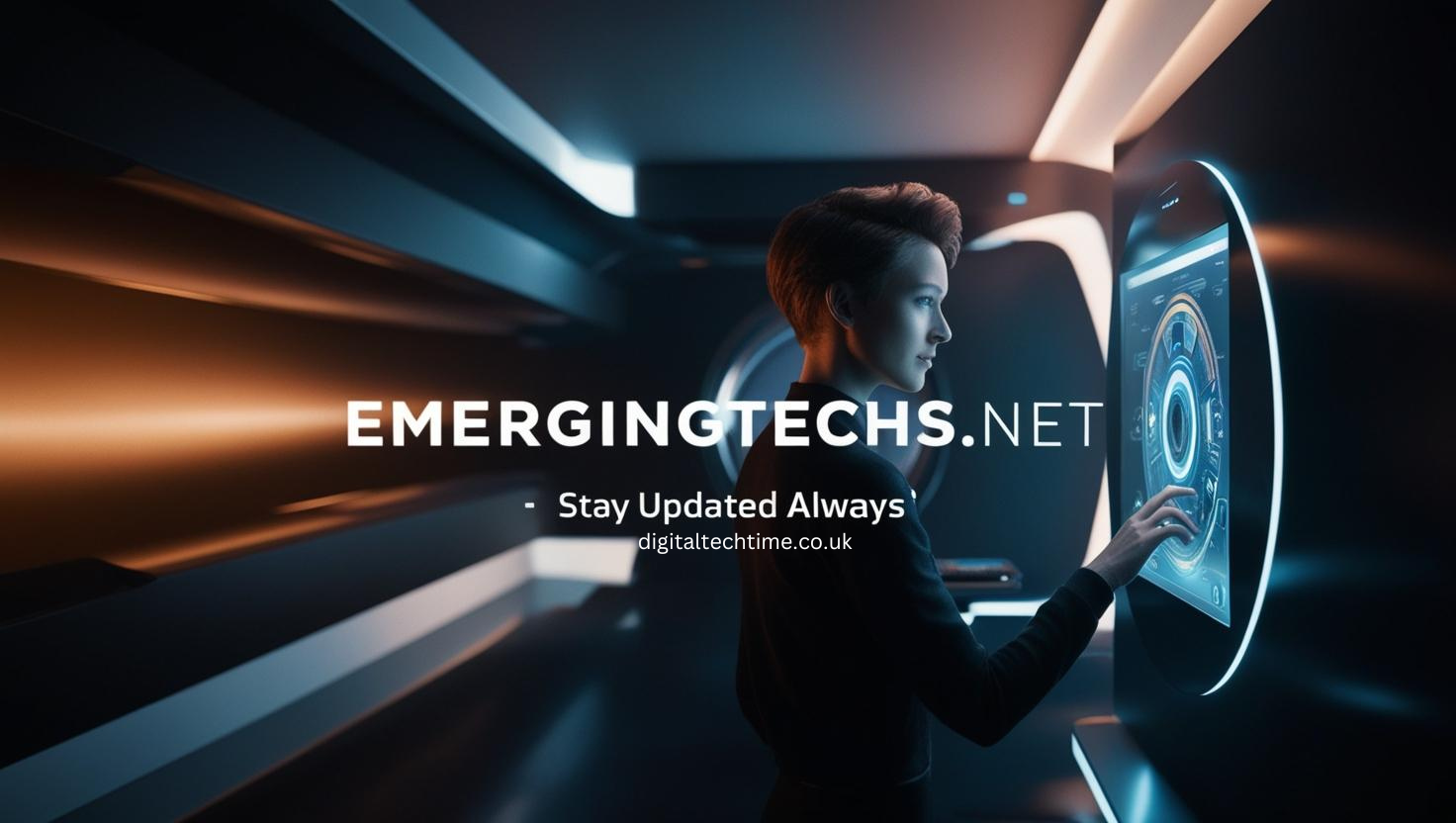From Pixels to Masterpieces
The advent of artificial intelligence (AI) has transformed various industries, and the art world is no exception. With the rise of AI-generated images, artists, designers, and even casual enthusiasts have found themselves at the intersection of technology and creativity. This fusion has sparked debates, excitement, and opportunities, redefining the boundaries of what constitutes art.
The Evolution of AI in Art
Art and technology have always been interconnected, but the development of AI has pushed creative expression into new realms. Early digital art tools, such as Photoshop and 3D modeling software, paved the way for automated and algorithm-driven designs. Today, AI can generate stunning visuals in seconds, leveraging complex neural networks and machine learning models.
One of the biggest breakthroughs came with generative adversarial networks (GANs). These networks enable AI to learn patterns, styles, and structures from vast datasets and then create original images based on that knowledge. This technology allows AI generated images to mimic traditional painting techniques, photorealism, and even abstract styles, making them nearly indistinguishable from human-created art.
AI-Generated Art: A Tool or a Threat?
As AI-generated artwork gains traction, artists and critics alike question whether it is a tool for enhancement or a threat to traditional artistry. Some argue that AI lacks the emotional depth and intentionality that human artists bring to their work. However, many artists embrace AI as a collaborative tool that enhances creativity rather than replaces it.
AI-generated art is now being exhibited in prestigious galleries and sold at major auction houses. In 2018, a piece titled Edmond de Belamy, created by an AI algorithm developed by the collective Obvious, was sold at Christie’s for $432,500. This landmark event signified a shift in how AI-generated images are perceived in the art market.
The Role of AI in Design and Media
Beyond fine art, AI-generated visuals play a significant role in commercial design and media production. Graphic designers use AI tools to generate logos, layouts, and promotional materials more efficiently. The advertising industry, too, benefits from AI’s ability to create eye-catching visuals tailored to specific target audiences.
Meanwhile, the entertainment industry is integrating AI-generated visuals into film production, gaming, and virtual reality. With AI-assisted creativity, filmmakers and developers can create immersive environments and characters without extensive manual rendering. Furthermore, the integration of AI-generated art into applications, such as a video maker app, allows users to create professional-looking videos with minimal effort, democratizing content creation for a wider audience.
Ethical and Legal Considerations
As AI-generated art becomes more prevalent, ethical and legal concerns arise. Questions regarding authorship and copyright have led to heated debates. If an AI system creates a piece of art, who owns the rights? The programmer, the user, or the AI itself?
Many legal frameworks are still catching up with these developments. In some cases, AI-generated artwork is considered public domain, while in others, ownership is attributed to the person who initiated the creative process. Additionally, concerns about AI-generated deepfakes and misleading imagery have sparked discussions on the ethical implications of this technology.
The Future of AI in Art
The trajectory of AI in art suggests continued evolution and integration into creative fields. As technology advances, AI-generated art will likely become more sophisticated, with improved ability to interpret emotions, context, and artistic intent.
While some purists resist the idea of AI replacing traditional artistic methods, many embrace its potential to enhance and expand creative possibilities. The future may see a hybrid approach, where AI collaborates with artists rather than competes against them. As AI continues to evolve, it will reshape not just the way we create art but also how we define it.


